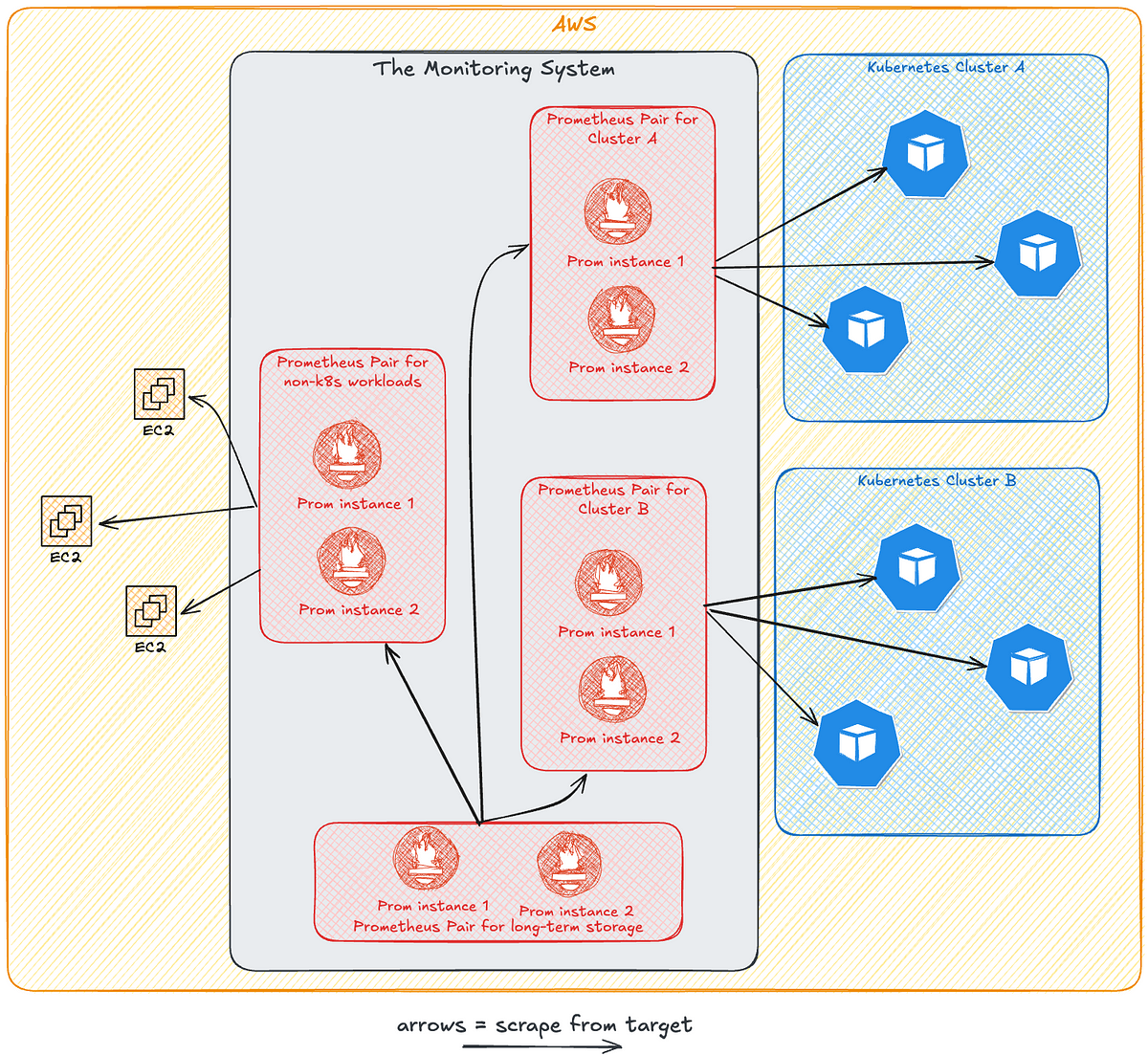
Evidence of the use of silk by bronze age civilization for sacrificial purposes in the Yangtze River basin of China
Scientific Reports volume 14, Article number: 29175 (2024 ) Cite this article
Silk was the driving force behind the opening of the Silk Road, positioning this material as a global commodity that greatly influenced the progress of human civilization. Due to the natural protein properties of silk, the internal structure and external characteristics of silk cultural relics are irreversibly destroyed during the process of burial or when passed down through the generations until the production information and material components completely disappear, making it difficult to obtain direct archaeological evidence for pinpointing the origin of silk. The sacrificial pits at the Sanxingdui archaeologcal site, located in Guanghan, Sichuan, China, have been found with layers of ash above the layers of artifacts and some bronzes with fabric traces. Among the artifacts, one grid-like ware artifact first appeared in the Bronze Age in China. The two sides of the grid-like ware were grid-like ovals made of bronze material, and inside, there was an oval-shaped complete piece of jade with a bent back. Fabric traces were found on both the jade and bronze surfaces. In order to determine the specific function of fabric at this site, the developed silk fibroin immunoaffinity column (IAC) enrichment technique combined with enzyme-linked immunosorbent assay (ELISA), morphology observation and proteomics were used to identify mineralized fabric material and fabric residues in the ash layer. Silk residues were successfully detected, which confirmed the early use of silk as a material carrier to communicate between Heaven and Earth and provided archaeological evidence for the cultural origins of silk.
Silk is an organic polymer material consisting of two silk fibroins wrapped in sericin1. As an object of archaeological interest, silk is not well preserved during long-term burial, and there are a large number of possible silk remnants, such as mineralized and charred forms, that cannot be identified even by basic morphology. In the early days of silk production, silk was not easy to obtain, and the silk that was produced was not considered an ordinary fabric, but rather, one whose important purposes included use in ritual sacrifice2. In the “Yue Ling” component of the Li Ji, the following is recorded: “When the work of sericulture was over, the cocoons were distributed to the women for their silk reeling, and then the weight of each was weighed to examine the achievements of each person, and the silk was used to make sacrificial clothes to worship Heaven and ancestors,” which shows that the silk obtained from mulberry silkworm is mainly used for sacrificial temple clothing. Similarly, silk was also used as a sacrificial object, such as in the form of silk books or paintings on silk, with the silk serving as a carrier to convey the content of the calligraphy and painting upon it to Heaven. Silk manuscripts were also used to record the alliance between the two countries. There is a Chinese idiom “turning war into jade and silk,” where the jade and silk are the materials for writing the nation’s letter, either buried in the ground or burned with fire, which means that oaths could be made to Heaven3. However, due to the organic properties of silk and the ways in which it was used in ancient times, very few silk objects have been preserved, and most that were preserved are those that were attached to bronze and iron objects. This is because copper and iron ions are constantly released after burial, which can create a bacteriostatic microenvironment in the surrounding soil that is conducive to the preservation of the cultural relics such as silk that are made of organic materials that gradually become mineralized marks on the surfaces of bronze and iron ware4,5,6.






















